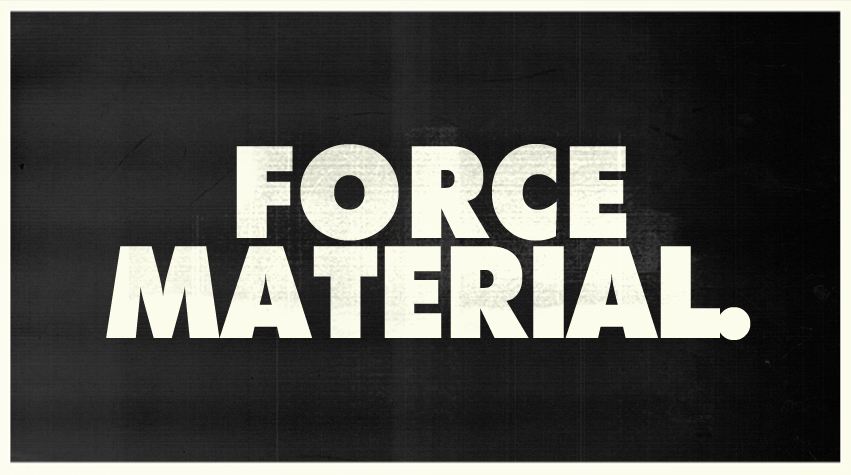The Origin of Darth Vader: The Body
The story of how David Prowse came to reunite with Peter Cushing, and how an unsung hero helped bring Darth Vader to life.
This month, to celebrate the release of Rogue One, we’re taking a deep dive into the secrets and stories surrounding the creation of Darth Vader, starting with a look at the four elements that make up this iconic villain — the name, the look, the body and the voice.
Having established that Vader was a towering, seven-foot Sith Lord, the next task was to find an actor who could convincingly play the part.
Enter David Prowse, a six-foot-seven, 280-pound British weightlifting champion with a 53-inch chest who had appeared in Stanley Kubrick’s A Clockwork Orange (1971).
Prowse had even starred alongside Peter Cushing in Frankenstein and the Monster from Hell (1974), billed as “the most terrifying experiment in horror ever filmed!”
Cushing, of course, played his signature role of Doctor Victor Frankenstein, while Prowse played the monster — types they wouldn’t stray too far from as Tarkin and Darth Vader in Star Wars.
Prowse claims he was actually offered his choice of two parts in Star Wars — Chewbacca or Darth Vader — and he picked Darth Vader, “the big villain”, because he wanted to “be remembered”.
Prowse hadn’t asked to see any sketches of the character, and didn’t realise his face would be hidden behind a mask before he signed on — an oversight that would haunt him for the rest of his career.
But Prowse wasn’t the only man who provided the physicality of Darth Vader in the original trilogy.
He (famously) shared that honour with Sebastian Shaw, the Shakespearean actor who played the aged Anakin Skywalker when Vader’s mask came off in Return of the Jedi, and (less famously) with Bob Anderson.
Anderson, who served as Britain’s senior national fencing coach for nearly three decades, was in the Vader suit for the lightsaber duels in The Empire Strikes Back and Return of the Jedi, accounting for the sudden improvement in Vader’s skill with a lightsaber between his battle with Obi-Wan Kenobi on the Death Star and his confrontation with Luke Skywalker on Bespin.
Anderson had served as the fencing coach for Stanley Kubrick’s Barry Lyndon (1975), and had even coached and choreographed fights for Errol Flynn in The Master of Ballantrae (1953).
“Bob Anderson was the man who actually did Vader's fighting [in both Empire and Jedi]. It was always supposed to be a secret, but I finally told George I didn't think it was fair anymore,” Mark Hamill told Starlog in 1983.
“Bob worked so bloody hard that he deserves some recognition. It's ridiculous to try to preserve the myth that it's all done by one man.”
Hamill told Starlog he had resented being made to pose for photos with Prowse that gave the impression they were rehearsing a fight scene together.
“I don't want to hurt his feelings, though, because Dave is a very sweet man. He has a real presence, and he walks well. He has every right to be proud of contributing to the Star Wars films. But the truth is: He wasn't able to do the kind of sword fighting necessary.
“For the most part, I worked with Bob Anderson.”
To go deeper into Darth, I recommend tracking down copies of The Making of Star Wars by JW Rinzler, The Complete Vader by Ryder Windham and Peter Vilmur, Anakin Skywalker: The Story of Darth Vader and Star Wars: From Concept to Screen to Collectible by Steve Sansweet, and Star Wars Costumes: The Original Trilogy by Brandon Alinger.
Force Material is a podcast exploring the secrets and source material of Star Wars with hosts Rohan Williams and Baz McAlister. Listen and subscribe on iTunes, Spotify, iHeartRadio, TuneIn, Stitcher, PlayerFM and Castro; stay in touch with us on Facebook, Twitter and Instagram; and support the show by browsing our range of shirts, hoodies, kids apparel, mugs and more at TeePublic.








